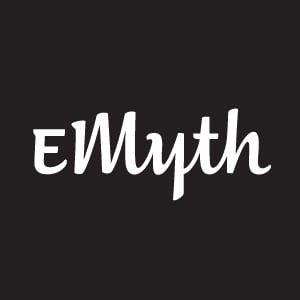This is the third installment in helping you fully develop and implement Org Charts and Position Agreements, which support a culture of ownership within your business. Click here for Part 1 and Part 2.
If you followed my previous blogs—and you kept it simple—you should have a Position Agreement for each role in your business with a list of activities that both you and your employees understand and have signed off on.
I wanted to write about Result Statements next, but realized that in order to know your “result” and to have it be realistically achievable, you need to know your employees. The challenge is that we’re headed the way of most corporate initiatives. Everything looks good on paper, but does it actually play well? Let’s use this installment to move your ideas from paper to people.
Checkpoint Question
Do at least a few of your employees have multiple Position Agreements? You should answer “yes” if any of your employees perform in multiple roles—such as service manager and service tech, or receptionist and inside sales. If each employee has only one Position Agreement, I suspect you have combined multiple roles together in the same document. This is a good opportunity to revisit Part 1 and clarify even further the positions you identified with your sticky notes. When you’re done, you should have a Position Agreement for each employee, for every role they perform.
TIP: To manage the multiple roles, one of my owners includes the number of hours per week he expects an employee to spend in each role.
Putting the “Agreement” into Position Agreements
Employee Development Meetings are the best way to keep up with your employees, assess their happiness and make them feel valued. I recommend having them once a week—you’ll be able to tell your employees the positive work you’ve seen, and also help them grow by pinpointing areas they can work on throughout the week. You’ll be able to use your Position Agreements as a starting point. Have they exceeded the expectations lined in the agreement? Are they struggling in some places? How can you help? You’ll almost always learn something valuable about how you’re doing as a leader, and how your company is operating.
Here’s a suggested meeting outline:
- Review your Org Chart and the employee’s place within it.
- If you don’t know how happy an employee is, ask. Get any problems or issues out on the table immediately. You don’t have to resolve everything here, but acknowledge what you are hearing and decide if you need a separate meeting or another forum to resolve.
- The heart of this meeting is the Position Agreement and your list of Activities by Role. For each activity, you want to know that your employee understands what the activity is, how to perform it, why it is necessary. Rather than telling your employee what each activity is, why not have them tell you?
- Here are some ways to guide the conversation. Keep in mind, these are suggestions, not a checklist! Use what works for you and your employees.
- Talk me through your activities.
- Do you know how to perform this activity?
- Tell me how you perform this activity.
- How long does it take you to do this activity?
- Why do you do this activity?
- What happens if you don’t do this activity on a given day, week or month?
- Should you continue to do this activity?
- Do you have any suggestions for making this activity work better?
- How well do you think you are at performing this activity?
- Would you like to get better at it?
- How can I help you get better at it?
- Are there tools, training or other support that would help you?
- Do you have any goals you would like to set for yourself around this activity?
If your employee has more than one role, you may need to also agree on how much time is spent on each one.
- Summarize any changes, agreements, goals and commit to your next employee development meeting. A good start might be once every 6 months. Try to increase the meetings over time, or have your managers speak with their team and report back to you. The meetings will help ensure your team is always on the same page, and ready to support each other if something changes.
Meeting with your employees, even to review their Position Agreements, will help you create a more open culture. You want your employees to tell you when they’re struggling or something isn’t quite working for them, otherwise you won’t know until it’s too late. Not only will this help you align your team, you’ll also be more prepared to pivot when change is necessary. Remember, your Position Agreements are a living document. They should be updated regularly, and keeping up with Employee Development Meetings will ensure you’re not falling behind. Take some time to schedule meetings now, and soon you’ll be able to write a Result Statement that sticks—because you’ll understand how your employees achieve.



Comments